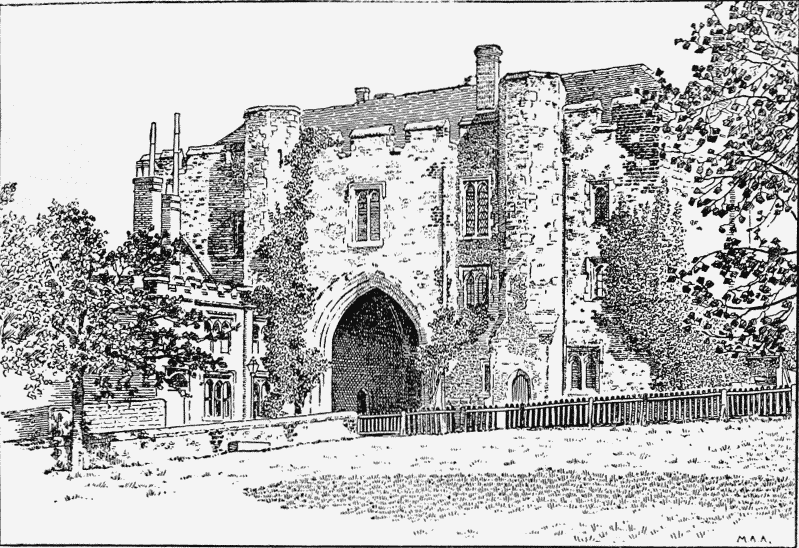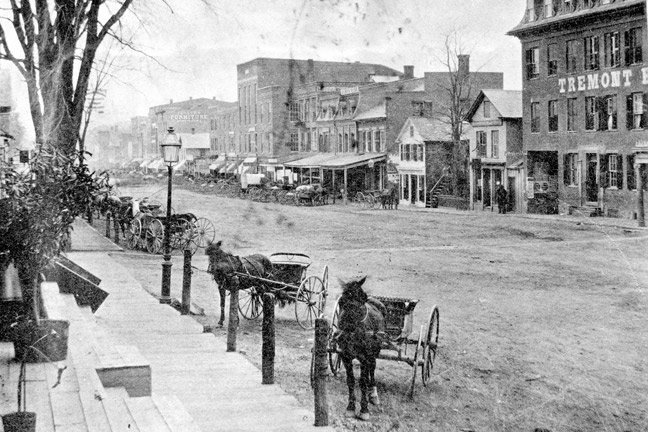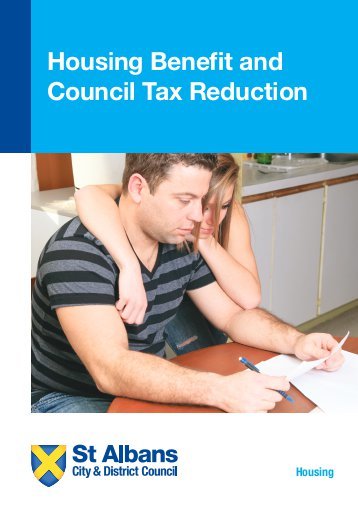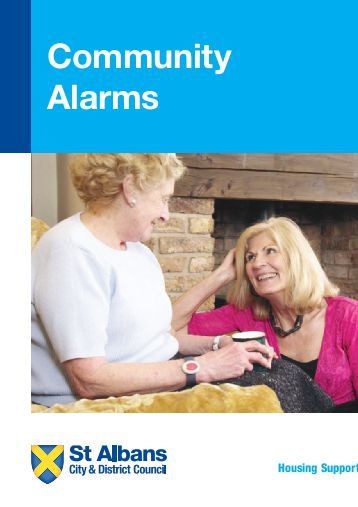History of St Albans Council:

St Albans supervisory, mayoralty and council responsibility started in the 13th century when the famous Magna Carta took place (1215). St Albans had recently received recognition in the Domesday Survey of 1080 – 1086 which helped the market town develop quickly for locals and travellers. St Albans Council or St Albans City and District Council came into being after the amalgamation of Harpenden Urban District, Municipal Borough of St Albans, and St Albans Rural districts in 1974. Since St Albans is situated in the heart of Hertfordshire, connecting to most prominent towns and villages, the decision was taken to administratively facilitate the neighbouring towns of St Albans, and thus St Albans Council was born.

St Albans received the status of Borough in 1553 when King Edward VI passed the charter for it followed by the introduction of councillors and mayoralty. In the 19th century, St Albans Council (St Albans City and District Council) again received a Royal charter from Queen Victoria in 1877 which upgraded the status of the abbey to the cathedral.
Responsibilities of St Albans Council:

St Albans Council (St Albans City and District Council) have primary responsibilities to cater government elections, governance over Hertfordshire County Council as it has fundamental duties to look-after education, public safety, fire department, libraries, social care, transport and welfare communities of St Albans. Since St Albans Council (St Albans City and District Council) is a non-metropolitan district council, that’s why the governmental duties are divided to Hertfordshire County Council, local parish councils, and St Albans City and District Council. Central offices of St Albans Council are also situated in St Albans.
St Albans Council Development Programmes:


St Albans Council (St Albans City and District Council) have annually followed structural and technological modifications for St Albans. From upgraded houses and new recreational sites, St Albans Council has boosted the economy by bringing improvement to St Albans nearby airports, transportation links, rail links, and road links. St Albans Council has also employed thousands of people since its incorporation in 1974. In fact, St Albans has been ranked 4th amongst the city with the highest proportion of managers and professionals in the UK. Today, 80% of St Albans locals are educated which was 26.4% in 1970. Things have started to change for the thriving market town of Hertfordshire as the St Albans Council helped the city embark the ship of prosperity.
People who are interested to visit the St Albans Council can also book their rides with ‘A1 Taxis’ in just £4.
A1 Taxis is one of leading and fastest emerging St Albans Taxis company.

Comments are closed.